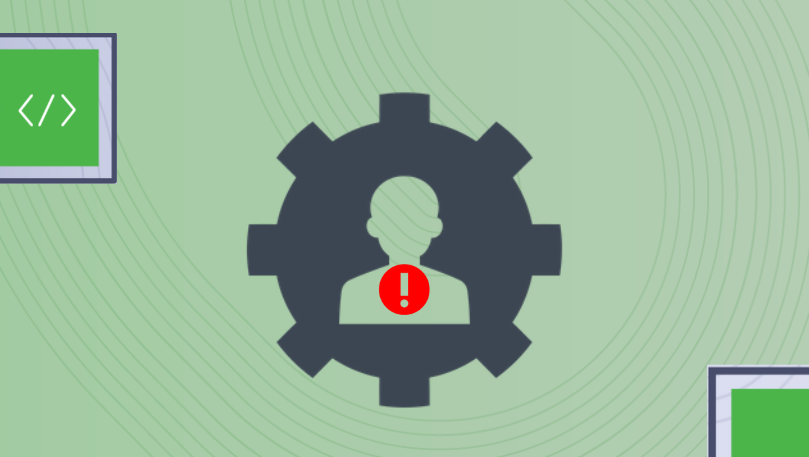SPIRL named a Rising Star by KuppingerCole Analysts
View the Report
Pieter Kasselman
August 5, 2025

For years, we've relied on service accounts to represent non-human identities (NHIs)—applications, workloads, scripts, and services that need access to systems and data. It was a pragmatic decision. Service accounts were familiar, available, and fit easily into existing identity infrastructures.
But what was once a convenient shortcut has become a security risk.
Unlike human accounts, service accounts don’t get deprovisioned with changes in ownership or when software gets decommissioned. Their privileges don’t change as a result of organizational changes. Instead they persist, are ungoverned and accumulate access over time—leaving gaps that attackers are increasingly exploiting. The security risks aren’t theoretical; they stem from structural weaknesses that result from using identity infrastructure that was designed for the human identity lifecycle as opposed to that of applications, services and workloads. As a result:
- Static credentials can be leaked, hardcoded, or forgotten in code repositories
- Over-permissioned access often goes unchecked, violating least privilege
- Lack of clear ownership causes accounts to persist long after they're needed
-Attackers exploit orphaned accounts, using them as backdoors into systems
In several high-profile cloud breaches, attackers gained access through forgotten service accounts with over-permissioned access and long-lived secrets. These real-world failures highlight how vulnerable traditional service account management has become.
To understand why service accounts are failing us, we need to examine the identity lifecycles they were never designed for.
Human identity is typically driven by HR systems. Lifecycles are slow and predictable—changes are the result of human-scale events like onboarding, job changes, and terminations. Identity proofing is expensive and happens once, long lived credentials are issued, and access is granted based on relatively static roles.
Non-Human Identity (NHI), in contrast, is driven by engineering systems. Workloads are created and destroyed frequently, sometimes every minute. Ownership boundaries are fluid. NHIs don’t "leave the company," but their context, configuration, and scope of access change constantly. Identity proofing is cheap, can be done dynamically and should happen every time a workload runs. No need for long lived credentials and standing access.
Yet, we’ve been managing both through the same paradigm—account creation in a directory optimized for humans. That comes with baggage:
Modern systems can do better. Workloads can now be attested at runtime—cryptographically proving their identity, origin, and integrity every time they start. This removes the need for long-lived credentials or manual provisioning.
The biggest driver for going accountless isn’t just convenience—it’s reducing the identity attack surface in dynamic environments where traditional service account hygiene breaks down.
In an accountless identity model:
This is not just more secure—it’s more aligned with the reality of how workloads behave.
Using service accounts was a pragmatic shortcut. It got us moving. But what was once a workaround is now technical debt. As workloads scale, as environments become more dynamic, and as attackers get more sophisticated, the weaknesses in the service account model are too dangerous to ignore.
Accountless identity is not just an evolution. It’s a recognition that non-human identities need their own system, built for their lifecycle, not inherited from humans.
Want to see how accountless identity works in practice? Visit SPIRL to learn more.